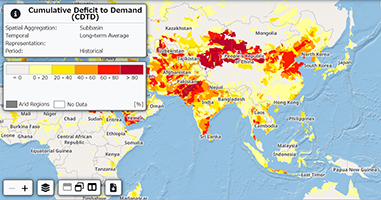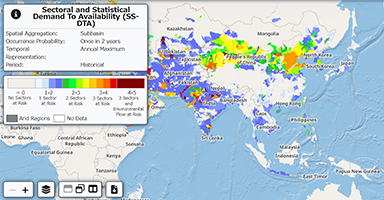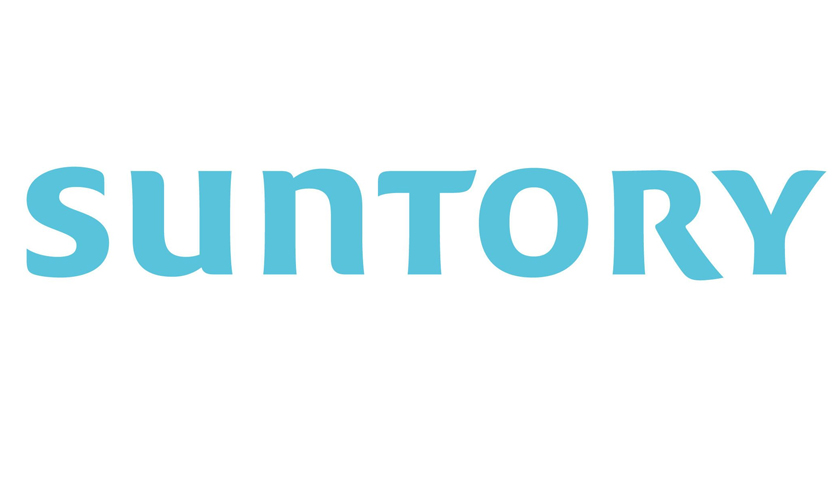Suntory Holdings, Nippon Koei and the School of Engineering, the University of Tokyo recently announced the launch of Water Security Compass, the world’s first*1 online platform that enables users to assess future water scarcity risks based on water demand and supply across various regions by water usages. Water Security Compass is available to the public free of charge since this summer*2 and aims to support research on water resources across diverse fields, including industry, government, and academia.
The Water Security Compass platform has been developed through a collaborative effort within the University of Tokyo’s Research Initiative for Global Hydrologic Cycles, a framework established in 2022 for industry-academia collaboration that Suntory Holdings, Nippon Koei, and the School of Engineering, the University of Tokyo participate in. This framework aims to combine the knowledge of companies and universities in research and development, social implementation of developed technologies, and human resource development.
Water Security Compass utilizes the world’s most advanced hydrological simulation model built by the School of Engineering, the University of Tokyo. By incorporating the effects of seasonal changes and dams and other infrastructure on water quantity into simulations, this is the world’s first online platform that accurately identifies the amount of water needed and supplied in each region of the world and visualizes how much water resources will be in short supply for which uses, now and in the future.
Main features and usages of the Water Security Compass
(1) Visualization of the degree of water scarcity that affects humans and organisms living in places such as rivers.
(2) Identification of regions with a high likelihood of water shortages by use, such as agricultural, industrial, and household water.
(3) Identification of regions that could experience water shortages, allowing for the implementation of countermeasures based on points (1) and (2) noted above.
Sample images of the Water Security Compass
 |
 |
|
(a) |
(b) |
Indicator (a): Cumulative Deficit to Demand (CDTD)
Indicator (b): Sectorial and Statistical Demand To Availability (SS-DTA)
Indicator (a) can identify areas that are likely to experience actual water shortages. Furthermore, by using indicator (b), it becomes clear which types of water-agricultural, industrial, domestic, or water necessary for organisms living in rivers-are highly likely to be in short supply. The colors in indicator (b) indicate which water use is likely to be insufficient – blue for agricultural water, green to yellow for both agricultural and industrial water, orange to red for agricultural, industrial, and domestic water, and brown for water for all uses, including water required for living organisms.
Nowadays, various companies and organizations around the world are taking measures against water risks associated with climate change. The Water Security Compass aims to support enhance the accuracy of these efforts and further promote global water resource conservation activities. Additionally, based on the insights and track records obtained, Suntory Holdings, Nippon Koei, and the School of Engineering, the University of Tokyo also hope to contribute to its utilization on a broader global scale and to the formation of water-related rules, which are beginning to be discussed internationally.
*1 According to reasearch by the University of Tokyo’s Research Initiative for Global Hydrologic Cycles.
*2 The version that was released is a trial (beta) version. The release of the official version is scheduled for 2025 and data and functions will be improved and updated in sequence.
